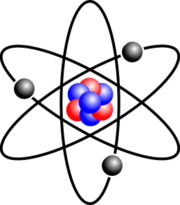
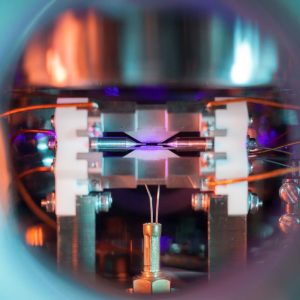
If there is no way in the world to see an atom, then how do we know that the atom is made of protons, electrons, neutrons, the nucleus and the electron cloud?
There are three ways that scientists have proved that these sub-atomic particles exist. They are direct observation, indirect observation or inferred presence and predictions from theory or conjecture.
-

Atomic model
Scientists in the 1800’s were able to infer a lot about the sub-atomic world from The Periodic Table of Elements by Mendeleyev gave scientists two very important things. The regularity of the table and the observed combinations of chemical compounds prompted some scientists to infer that atoms had regular repeating properties and that maybe they had similar structures.
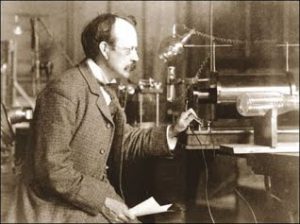
Other scientists studying the discharge effects of electricity in gasses made some direct discoveries. J.J. Thompson was the first to observe and understand the small particles called electrons. These were called cathode rays because they came from the cathode, or negative electrode, of these discharge tubes. It was quickly learned that electrons could be formed into beams and manipulated into images that would ultimately become television. Electrons could also produce something else. Roentgen discovered X-rays in 1895. His discovery was a byproduct of studying electrons. Protons could also be observed directly as well as ions as “anode” rays. These positive particles made up the other half of the atomic world that the chemists had already worked out. The chemists had measured the mass or weight of the elements. The periodic chart and chemical properties proved that there was an atomic number also. This atomic number was eventually identified as the charge of the nucleus or the number of electrons surrounding an atom which is almost always found in a neutral, or balanced, state.
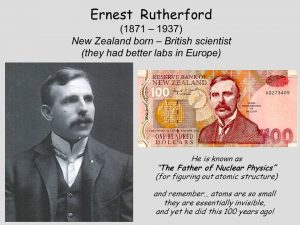
Rutherford proved in 1911, that there was a nucleus. He did this directly by shooting alpha particles at other atoms, like gold, and observing that sometimes they bounced back the way they came. There was no way this could be explained by the current picture of the atom which was thought to be a homogeneous mix. Rutherford proved directly by scattering experiments that there was something heavy and solid at the center. The nucleus was discovered. For about 20 years the nucleus was thought to consist of a number of protons to equal the atomic weight and some electrons to reduce the charge so the atomic number came out right. This was very unsettling to many scientists. There were predictions and conjectures that something was missing.
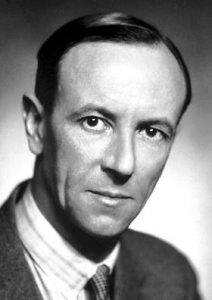
In 1932 Chadwick found that a heavy neutral particle was emitted by some radioactive atoms. This particle was about the same mass as a proton, but it had a no electric charge. This was the “missing piece” (famous last words). The nucleus could now be much better explained by using neutrons and protons to make up the atomic weight and atomic number. This made much better sense of the atomic world. There were now electrons equal to the atomic number surrounding the nucleus made up of neutrons and protons.

Mr. Roentgen’s x-rays allowed scientists to measure the size of the atom. The x-rays were small enough to discern the atomic clouds. This was done by scattering x-rays from atoms and measuring their size just as Rutherford had done earlier by hitting atoms with other nuclei starting with alpha particles.
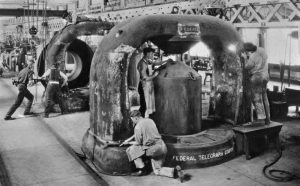
The 1930’s were also the time when the first practical particle accelerators were invented and used. These early machines made beams of protons. These beams could be used to measure the size of the atomic nucleus. And the search goes on today. Scientists are still filling in the missing pieces in the elementary particle world. Where will it end? Around about 1890, scientists were lamenting the death of physics and pondering a life reduced to measuring the next decimal point! Discoveries made in the 1890’s proved that the surface had only been scratched.
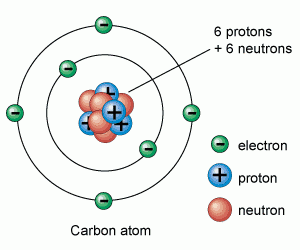
Each decade of the 1900’s has seen the frontier pushed to smaller and smaller objects. The explosion of knowledge has not slowed down and as each threshold has been passed the amount of new science seems to be greater even as we probe to smaller dimensions. Current theories (if correct) imply that there is even more below the next horizon awaiting discovery
Text Author: Paul Brindza, Experimental Hall A Design Leader
Source: https://education.jlab.org/qa/history_04.html

